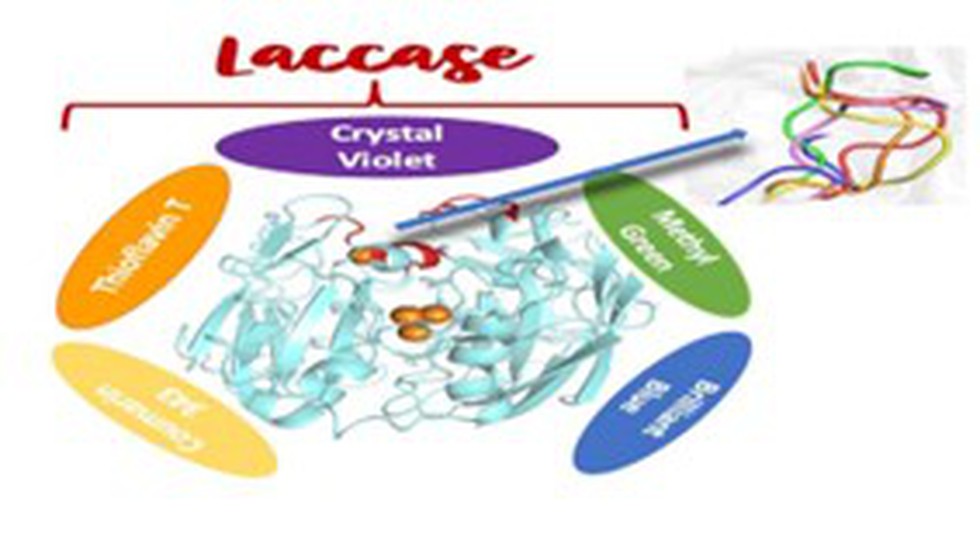About Enzyme Laccase:
- Laccase is generated by a group of fungi that have been found capable of degrading a variety of hazardous organic dye molecules that are regularly drained into waterbodies after dying clothes in the textile industry.
- This observed characteristic which the scientists termed substrate promiscuity can have deep implications in designing enzyme-coated cassettes for treating heavily dye-polluted water.
- Laccase was known for its capacity to degrade various organic molecules.
- Laccase, generated by a group of fungi, contains 4 copper atoms in two different oxidation states, and degrades substrates through redox reactions, producing only water and the simplest non-virulent or less virulent oxides of carbon, nitrogen and sulphur.
- Hence the scientists saw scope in using it to develop a technology to treat/degrade the dye effluents emanating from textile industries.
- Combining UV/Visible spectroscopy and computer simulations they demonstrated that many organic dye molecules with varying kinetics and wide variation in charge, size and shape can be degraded by the enzyme laccase.
- This substrate promiscuity of laccase offers immense biotechnological potential for a broad-spectrum degrader for industrial dye effluents.
What is enzyme promiscuity?
- Enzyme promiscuity is defined as the capability of an enzyme to catalyze a reaction other than the reaction for which it has been specialized.
- Although the enzyme is known for its specificity, many enzymes are reported to be promiscuous.
What are enzymes?
- An enzyme is a substance that acts as a catalyst in living organisms and regulates the rate at which chemical reactions proceed without being altered in the process.
